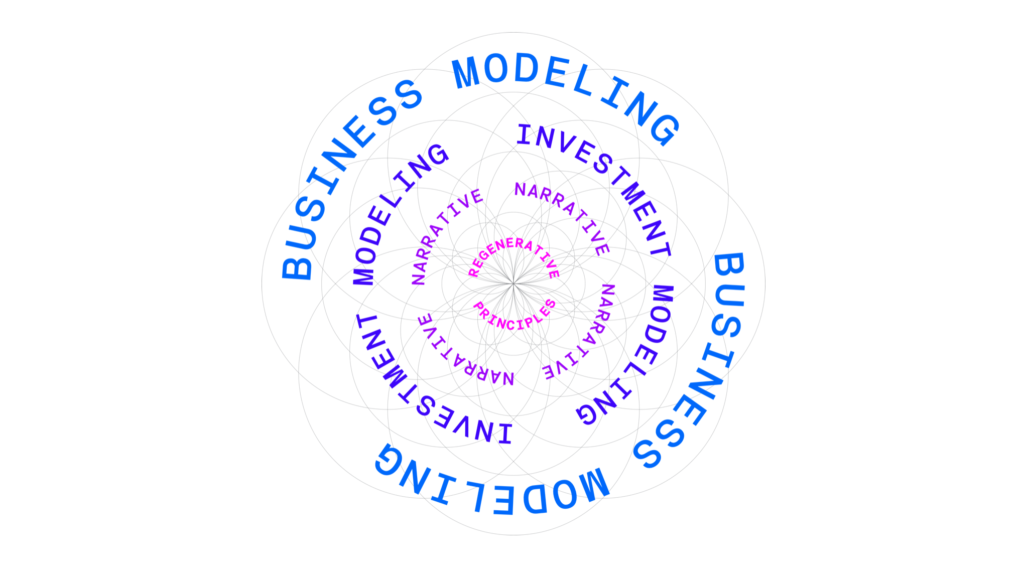
19 Aug How to Prototype an Earth+ Future?
Clean Equity is a private annual conference, featuring up to 30 of the world’s best in class next generation sustainable technology companies chaired by H.S.H. Prince Albert II of Monaco initiated by Innovator Capital, where I was invited to speak about “How to Prototype an Earth+ Future?”. Last year at the Skoll Forum, we started a collective braintrust with some of the World’s most innovative & creative minds ideating this framework together. Participants included Bertrand Piccard, Joi Ito, Bruce Mau, Buckminster Fuller Institute, Oxford University’s Social Venture Lab and others.

I only took on this speaking engagement because I realized I must come out of hiding, out from behind the curtains, so to speak. Leading from behind the scenes has always been my strategy, perhaps due to the fact I started my career working for a somewhat semi pseudo anonymous fashion designer, or perhaps because I’m an introvert with a childhood speech impediment issues making me socially shy. I overcame my shyness to bring forward a message that’s bigger than any fear I may have had at the time and the world is ready to listen.

When I began working on this vision, many believed we had a climate crisis. However, it has now become climate collapse and is clearly the single most important issue we must solve as humankind. Otherwise, in the next 5 – 10 years we’ll be wiped out as civilization, long before the end of this century.
Yet no one of the requisite financial means is stepping up to the plate leading a coalition of allies and starting to identify issues for the purpose of solving them together globally in a collaborative manner. I haven’t yet met a billionaire who has managed to create an international coalition with the aim to start actively solving this global & complex issue TOGETHER. Certainly a lot of money is needed to execute innovative concepts, but, more urgently, we need systemic change – from how we conduct commerce, communication, governance, education to how our health systems run to how we grow the next generation of innovators. Without looking at all of these verticals being combined we cannot create anything truly innovative, yet no one is connecting these dots on the Global scale. Until now.

Our approach is a two fold one. Building new, foundational level systematic change amplified by narrative & design.
I’ve been working for the last five years to create an ecosystem of companies with the aim to collaborate with other entrepreneurs, investors, media companies, governments and bring forth an open, very publicly ongoing quest on how we’re working together. I believe that only through transparency are we able to gain public trust that is severely damaged with the increasing influence of big tech, the financial sectors & political power trippers making questionable unions. We need to reinvent what trust, truth actually mean in the 21st century.

I’ll share my bullet points below from my speech, which is the beginning of the” everything in the open theme”:
- We need a “new climate narrative”, but what do we mean by that actually and how are we going to do that which no one else has done before?

2. Our methodology is running the narrative along with systemic regenerative design at the inception of new ideas (startups) in parallel. It’s not enough to only invest differently, but we need to be able to dictate market trends, change consumer behavior by crafting compelling designs & stories and integrate behavioral economics, marketing & communication, narrative and design, public relations, media, and content holistically.

3) All global movements started by minorities and that’s why we are applying Erica Chenoweth 3.5% rule to our communication design in order to shape the World. Everybody wants to change the world, we just want to change 3.5% of the world. Stories can have an impact far greater than first imagined. They can influence culture, politics, laws, and more importantly, they can change the course of history as well as influence consumer behavior. If we shape how people think, we can shape how they behave. I have never been interested in what the market needs, as I have been dictating marketing trends throughout my professional life starting in high – end fashion.

4) The bottom line is the stories we tell literally make the world. If we want to change the world, we need to change our story. This truth applies both to individuals and institutions as those who tell the stories rule the world.
